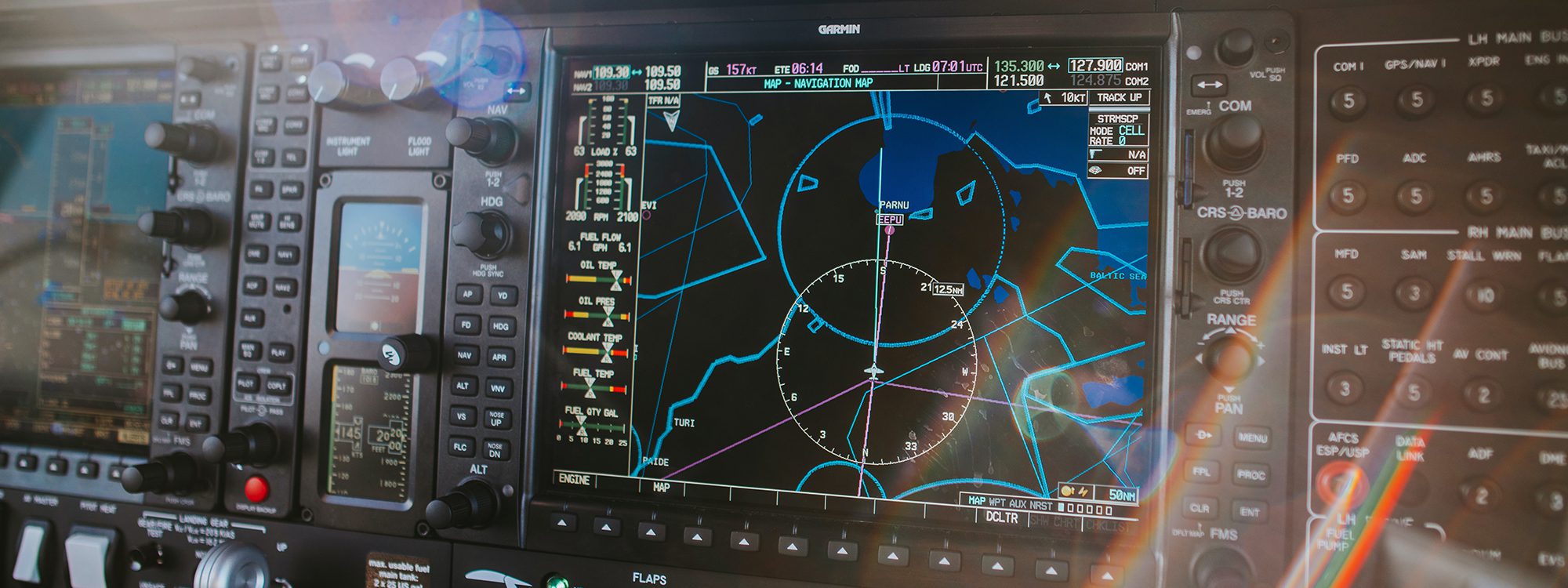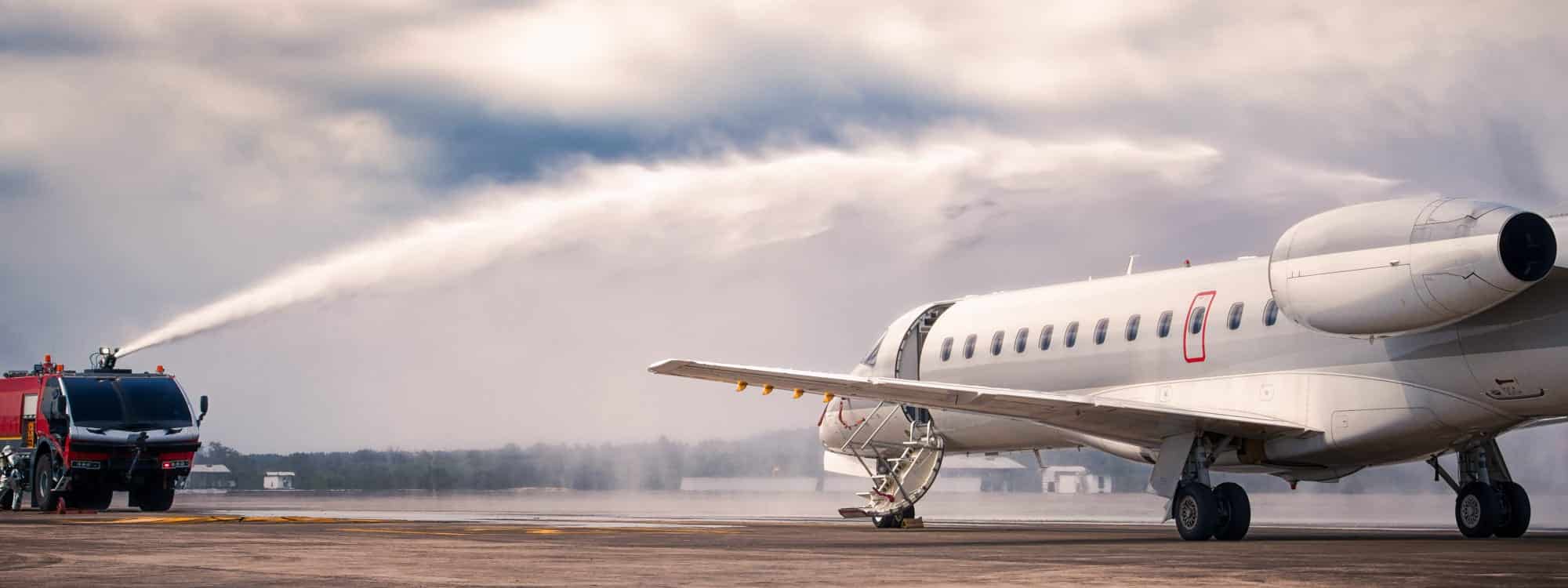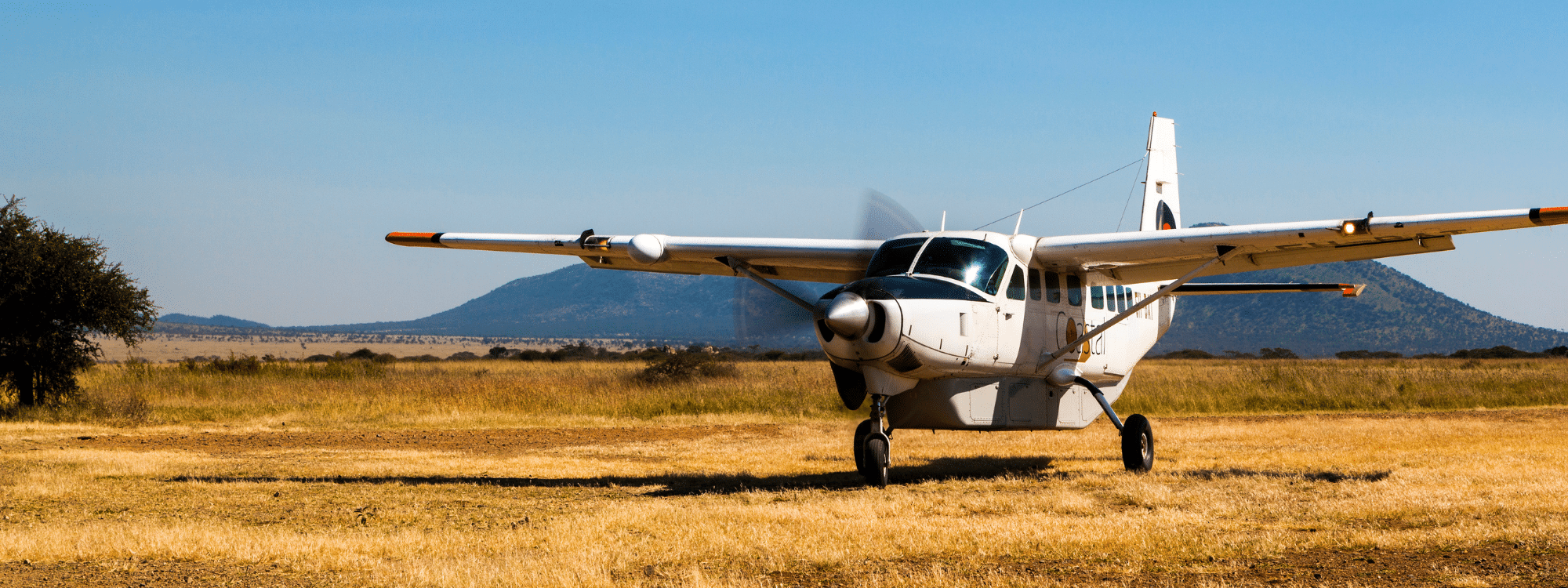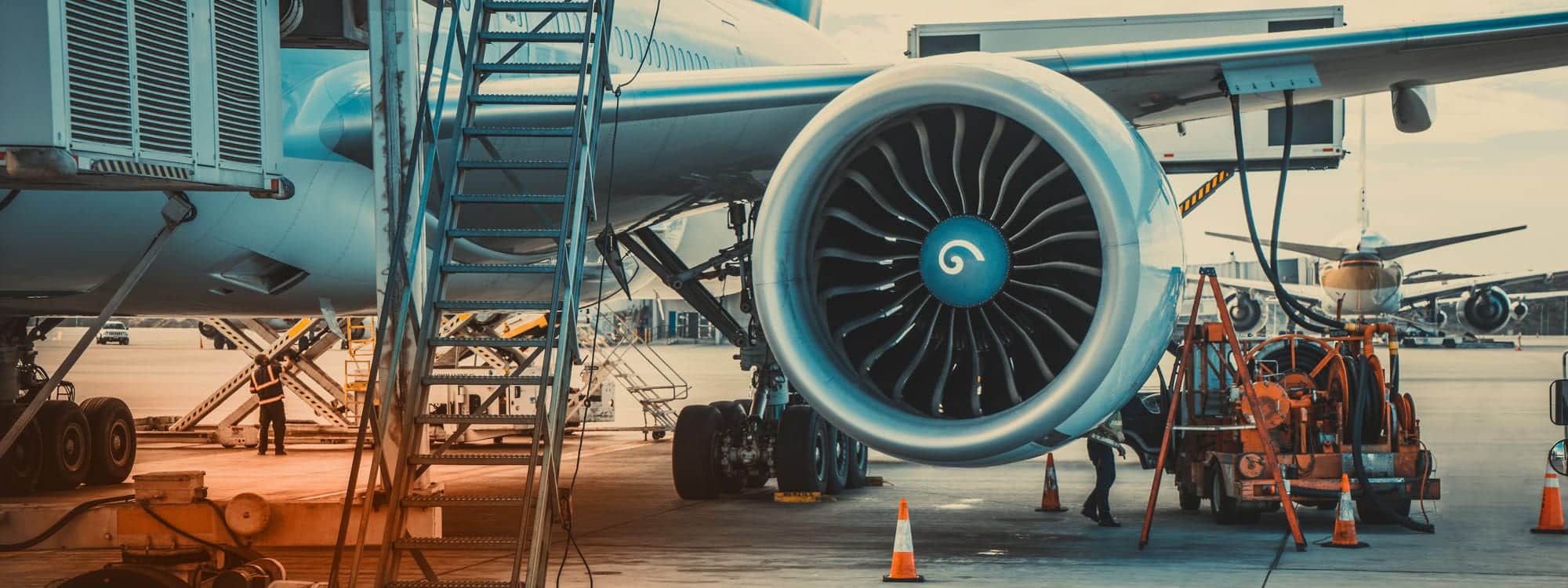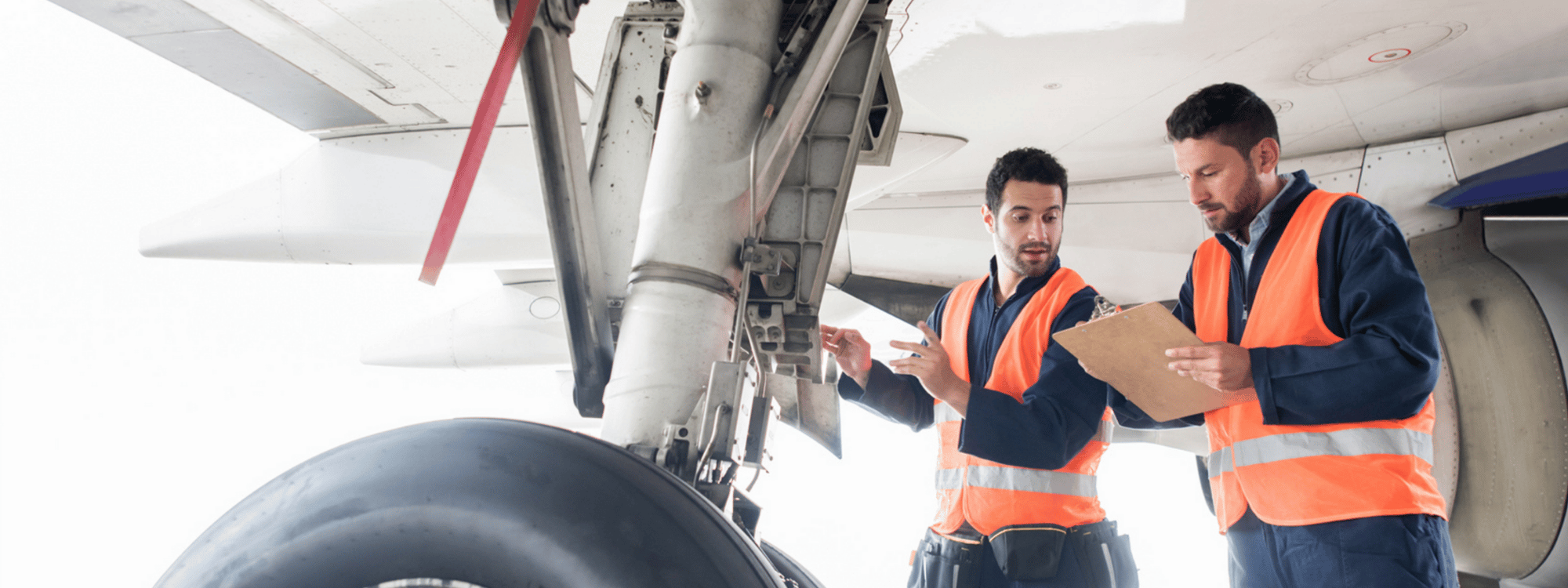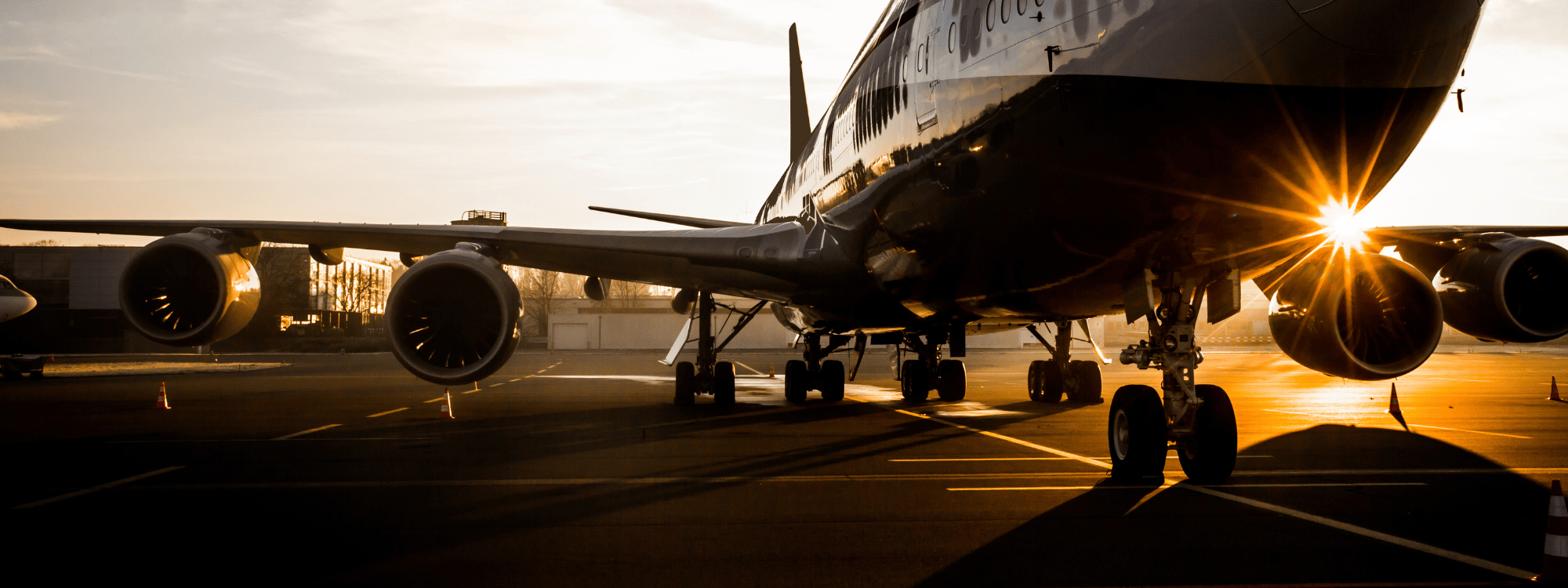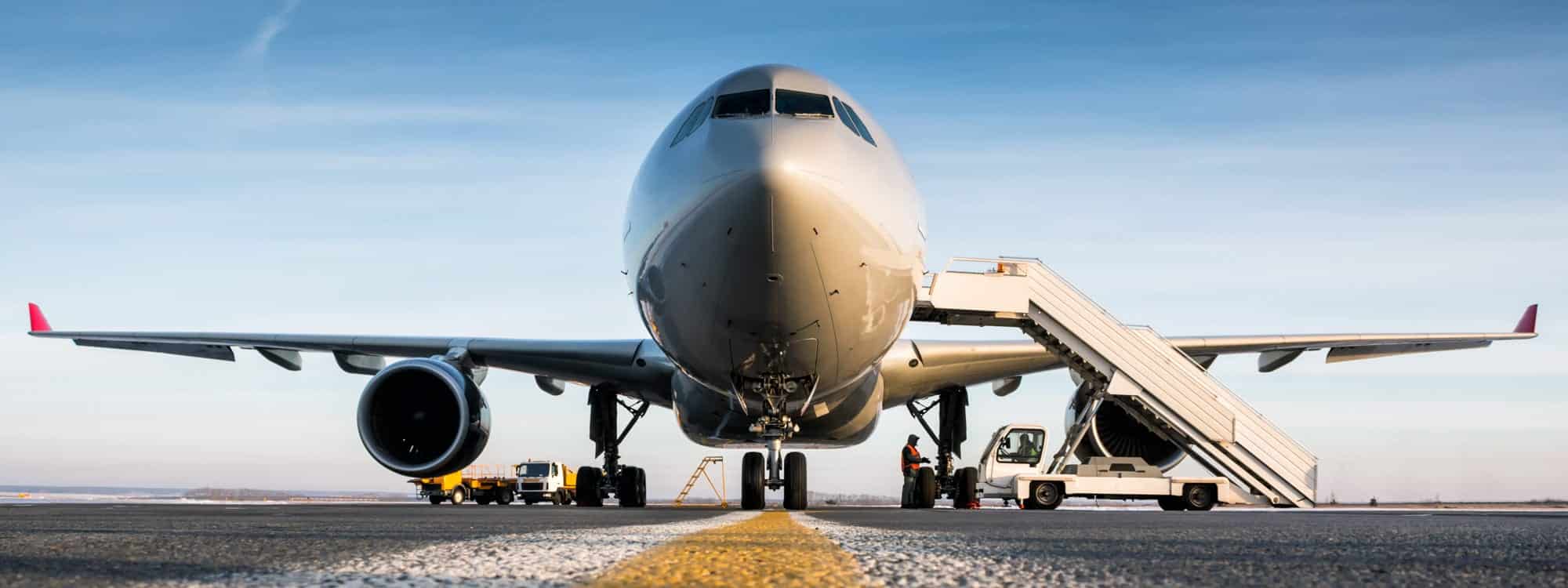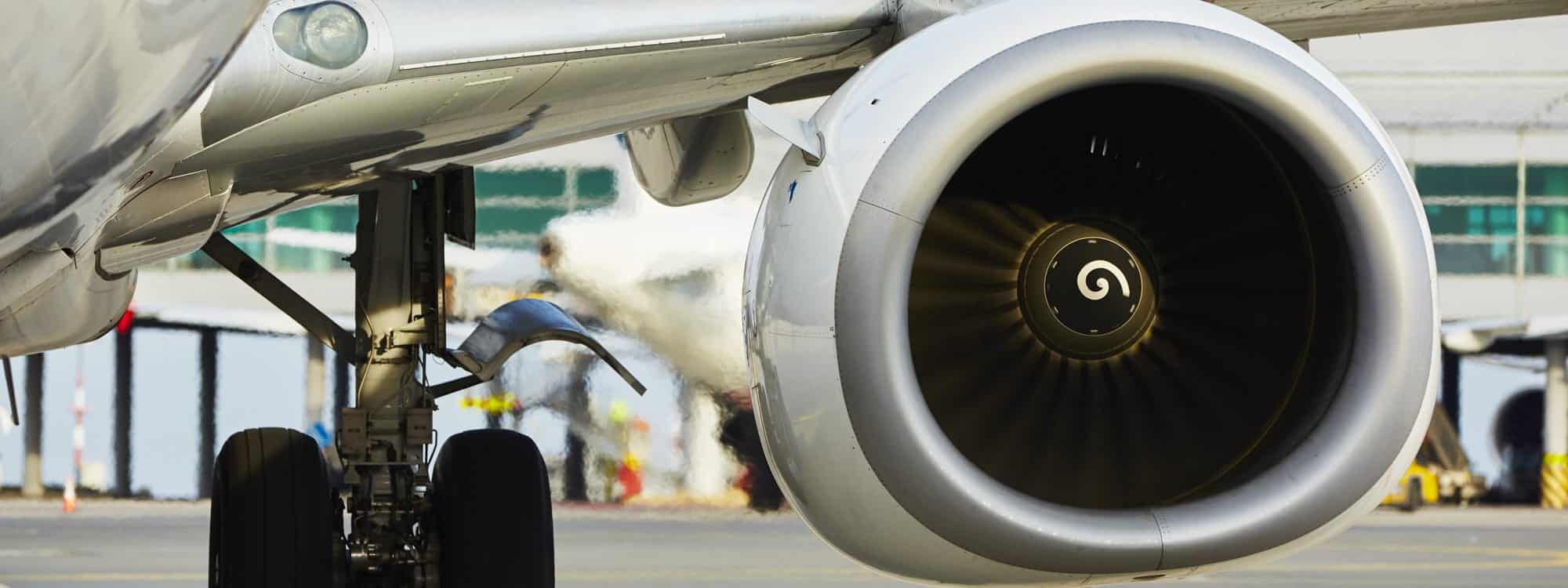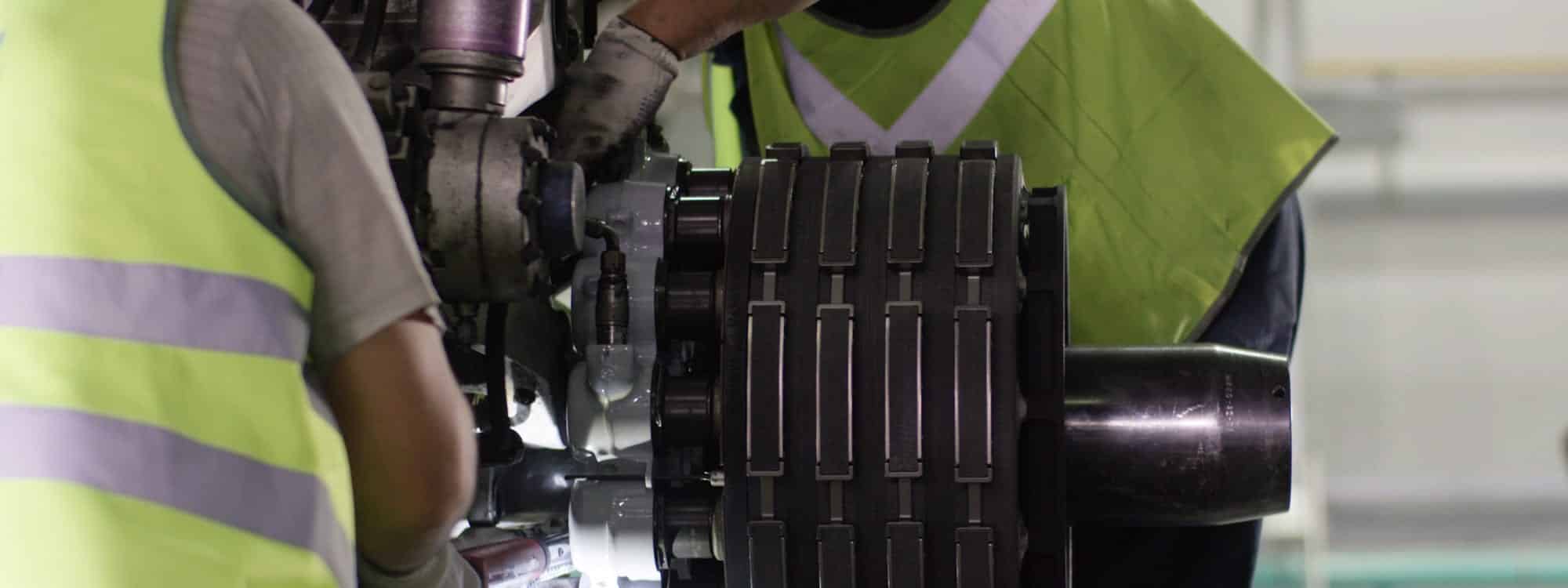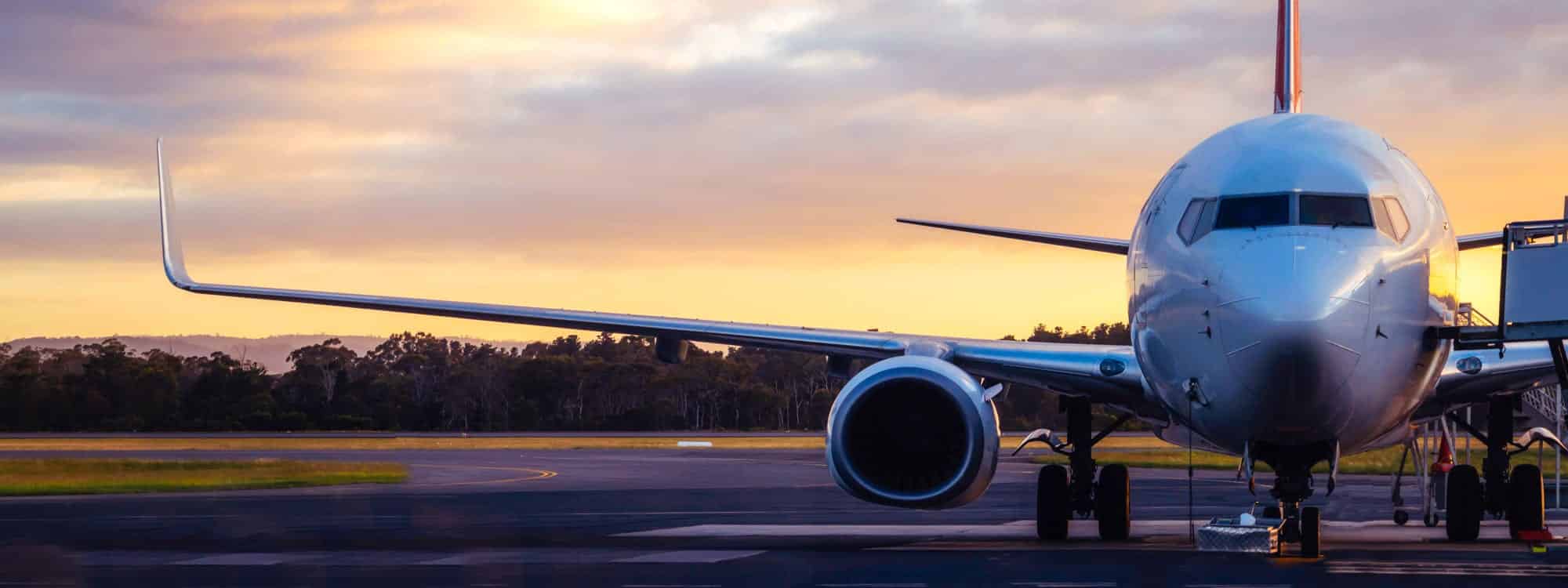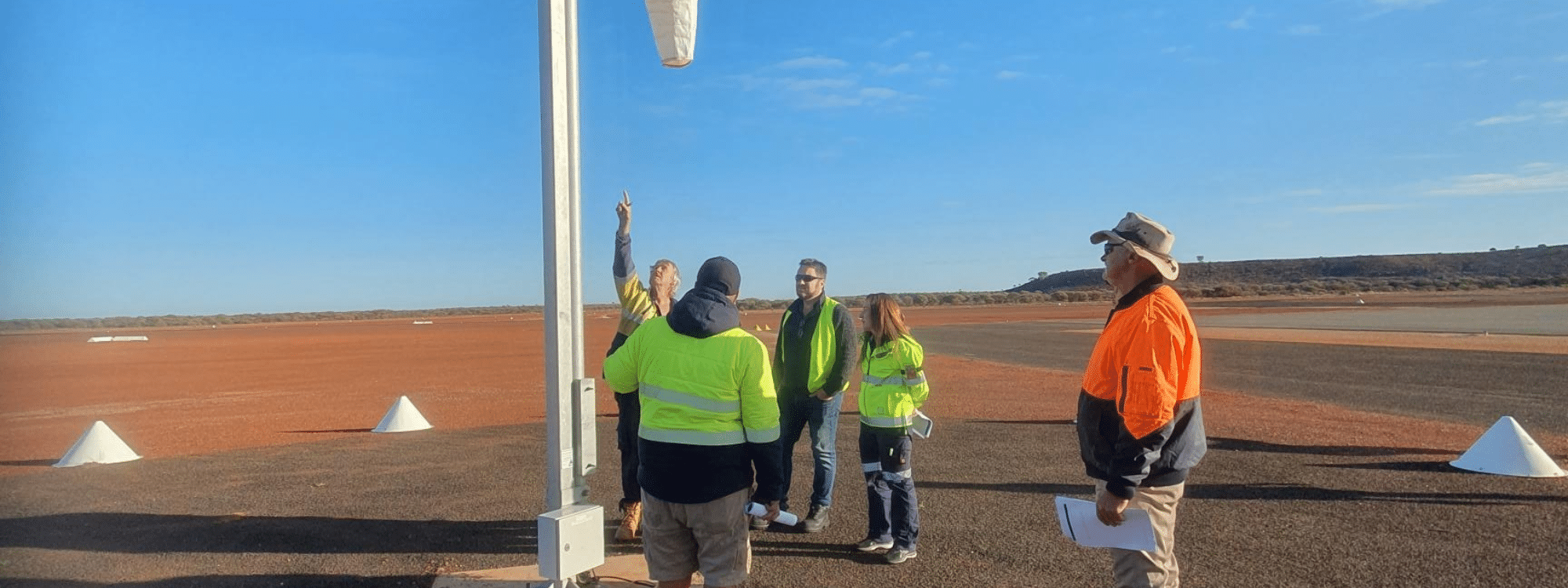What is a Safety Management System?
If you ask any individual to define safety, their answer will be influenced by numerous factors, including their perceptions, experiences, biases and appetite for risk. The fact is, the definition of safety is subjective.
Systematic approaches to the management of safety have been well defined for all businesses through Occupational Health and Safety legislation and regulations for several decades. But the same baseline safety system cannot be applied to a retail store, for example, as it is to a multi-disciplined, high-risk, high-volume operation where the emphasis on safety is directly applicable to the viability of the business, such as an airline.
The complexity of a bigger, risker operation requires more layers of controls to be implemented; it takes dozens of specialist operational procedures, specific risks that need active management and an effective assurance programme sitting within a dynamic framework.
How do you ensure you align every person to the same complicated standards required to reduce significant inherent risks? That is what the Safety Management System (SMS) is designed to do.
By categorising the operation into several key areas (commonly Risk Management, Safety Promotion, Safety Assurance and Policies & Procedures), the size of the safety management task is broken down into specific actions, owners, reporting and processes. Put simply, the SMS allows a complicated safety programme to be divided into a more manageable set of tasks in keeping with the size and complexity of an operation.
How has aviation SMS developed?
In the 1960’s and 70’s, ICAO, airlines and regulatory bodies around the world became extremely concerned with the number of critical safety issues on the rise. As a result, there were projections of losing 400 people per week to aviation accidents, and something needed to be done. Learning from other industries – particularly offshore oil and gas – ICAO latched on to the existing structures they had developed, and created what we now know as aviation SMS. It is a holistic structure around managing safety and aviation operations, looking at every aspect from high-level policy down to objectives, key personnel, safety assurance, management of risk and promoting safety culture around safety efforts.
Overall, SMS has had a hugely positive impact on safety in the aviation industry, and it continues to evolve as the industry moves into new territory and new approaches to safety emerge. In examining the devastating aircraft accidents that happened over 30 years ago, there is a stark contrast to the way the aviation industry operates now. However, if you were to look 30 years into the future, looking back on what we do now will undoubtedly seem out of touch. It can be taken for granted that because an organisation has an SMS, that what they are doing now is safe. By its very nature, SMS needs to keep improving as the industry grows and evolves.
What does Southpac’s Aviation SMS course cover?
Southpac’s 5-Day Aviation SMS course begins with an overview of how SMS has evolved and why it is needed. There are four components in a safety management system, each made up of around 12 elements. The course runs through the theory behind each of these components alongside a number of practical exercises to apply the learnings. It also includes two major practical risk management assessments completed throughout the course. In addition, the final day of the course includes a discussion on safety leadership – including how to influence people to make them safer, managing complexity in an aviation operation and contemporary safety philosophies such as New View, HOP and Safety Differently. These types of initiatives are changing the way that we look at safety in the industry.
Who would benefit from an Aviation SMS course?
People directly involved in the SMS including safety managers and safety investigators or those in the quality or safety space who haven’t had any formal safety training will benefit from attending Southpac’s Aviation SMS course. It can also be highly beneficial for those in small organisations who are tasked with the position of safety manager or safety officer and require formal safety training to perform their role, as well as those who have been in their role for many years and need a refresher course on how SMS has evolved as technology has become more complex.






